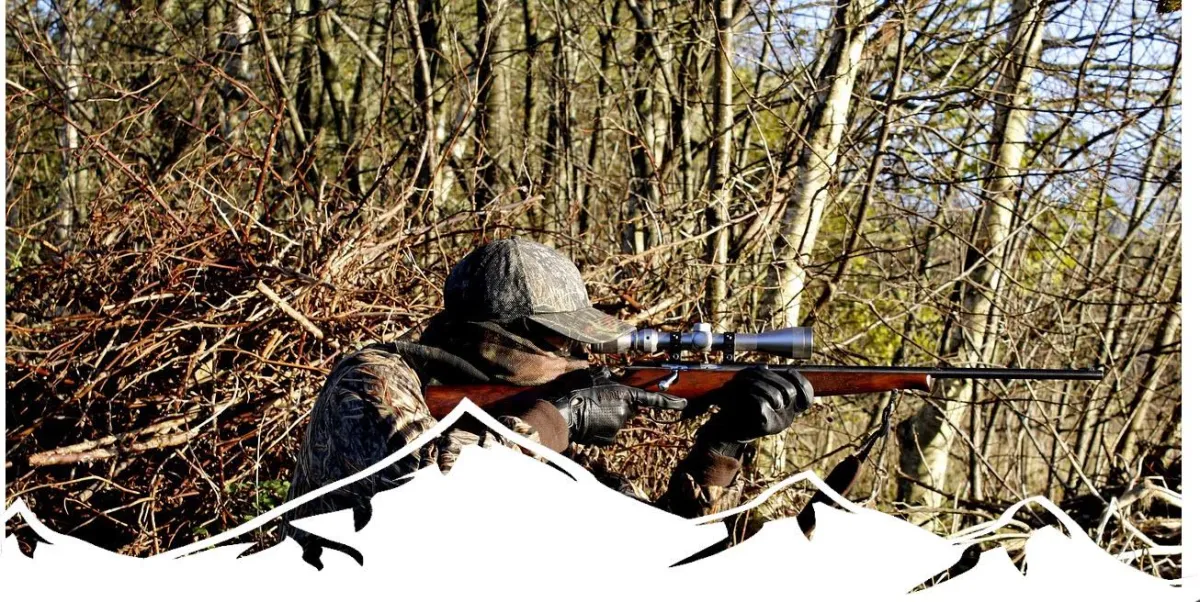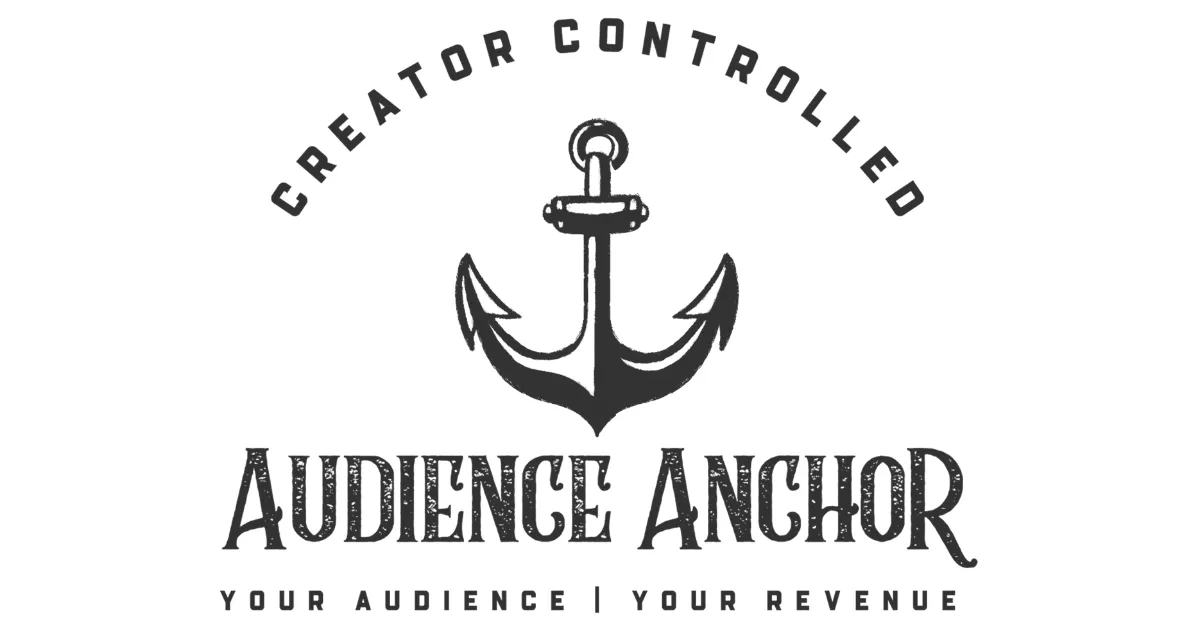
Hunting
Hunting in the Crosshairs: How Social Media Censorship Threatens Hunting Content Creators
Hunting content creators—those who share their passion for the hunt, from tracking game to harvesting animals—occupy a unique and embattled corner of the digital world. On platforms like YouTube, X, and Instagram, they educate, entertain, and connect with millions, showcasing the realities of hunting, conservation, and self-reliance. Yet, these creators face a growing threat: censorship by social media platforms wary of their content’s depiction of animal kills. This article explores why hunting creators are increasingly worried about being silenced, the impact of censorship on their livelihoods and communities, and how they’re fighting to keep their voices alive.
The Passion and Purpose of Hunting Content Creators
Hunting content creators, like The Hunting Public, Seek One, or personalities like Steven Rinella, do more than post “grip-and-grin” photos of harvested game. They weave narratives of adventure, ethics, and stewardship. Their videos and posts cover tracking techniques, firearm or bow skills, game processing, and the role of hunting in wildlife conservation. For many, like Eric Voris of Late to the Game Outdoors, hunting is a lifestyle rooted in respect for nature and a connection to ancestral traditions.
Their audiences—often numbering in the millions—rely on them for practical knowledge and inspiration. A 2024 Outdoor Industry Association report estimated that 15 million Americans hunt, and many turn to creators for guidance. Channels like Bowhunt or Die teach novices how to field-dress a deer, while X posts from groups like the NRA Hunters’ Leadership Forum highlight hunting’s $20 billion contribution to conservation. These creators don’t just glorify kills; they contextualize them, emphasizing respect for the animal and the ecosystem.
Yet, the act of showing a kill—central to their craft—puts them at odds with social media’s increasingly stringent rules. As platforms bow to advertiser and public pressure, hunting creators fear their content is being unfairly targeted, threatening their platforms and their message.
The Censorship Threat: A Growing Reality
Censorship isn’t a vague worry for hunting content creators—it’s a documented challenge. Social media platforms, driven by algorithms and community guidelines, often flag or suppress content depicting animal kills, even when legal and ethical. A 2021 Bowhunting.com article detailed YouTube’s updated “Ad-Friendly Content Guidelines,” which banned monetized videos showing “impact shots” or kills, forcing creators to edit out core elements of their hunts. Channels like The Hunting Public adapted, but lost revenue and authenticity in the process.
Other platforms are equally strict. In 2020, the Dallas Safari Club reported that The Hunting Consortium lost 1,500 photos on Instagram and Facebook, with their URL banned entirely, preventing likes, comments, or shares. The vague justification? “Sensitive content.” Facebook has also removed posts from hunters like Kendall Jones for legal kills, citing “animal cruelty” after anti-hunting campaigns, despite allowing other controversial content to remain.
Why the crackdown? Several forces converge:
Advertiser Sensitivity: Brands avoid associating with content deemed violent. YouTube’s ad revenue model, which can earn top creators millions, hinges on “brand-safe” content, and kills don’t make the cut.
Anti-Hunting Activism: Groups like PETA, with 1.2 million X followers in 2025, amplify campaigns against hunting content, pressuring platforms to act. A 2023 Guardian article noted fines up to £18 million for platforms hosting “animal cruelty” content, a category hunting is often lumped into.
Algorithmic Overreach: AI tools flag terms like “kill” or “gun” and images of dead animals, lacking nuance to distinguish ethical hunting from cruelty. A 2024 Cato Institute study found hunting content was flagged 3x more than other controversial topics.
Cultural Disconnect: Urban and international audiences, unfamiliar with hunting’s role in conservation, view kills as shocking. Platforms cater to these demographics, sidelining rural voices.
The result is a chilling effect. Creators face demonetization, shadowbanning, or outright deplatforming. Bill Winke of Midwest Whitetails told American Hunter in 2019 that YouTube’s vague rules forced him to avoid words like “shoot” in video titles to secure ads, diluting his message. For creators like Phil Phillips, who’ve taken 200+ big-game animals, the fear is that their life’s work could vanish overnight.
The Impact: Livelihoods and Communities at Stake
Censorship hits hunting creators hard, both professionally and personally. Financially, demonetization or bans can devastate those who rely on platforms for income. A single YouTube video can earn $1,000-$10,000 for mid-tier creators, but restrictions slash this. Building alternatives, like personal websites, requires massive capital and time, as Bowhunting.com noted in 2021. Smaller creators, without the resources of a Steven Rinella, often fade away.
Emotionally, the toll is steep. Creators feel targeted for their way of life. “It’s not just about losing a video—it’s about erasing our culture,” one X user, a bowhunter, posted in 2024. The pressure to self-censor—editing out kills, blurring blood, or avoiding “trigger” words—strips content of its raw authenticity, alienating fans. A 2023 Western Hunter article warned that this sanitization risks disconnecting hunters from their primal roots.
For audiences, censorship fractures communities. Fans lose access to trusted voices, forcing them to niche platforms like Rumble, which lack YouTube’s 2.7 billion users. This fragments the hunting community, reducing its cultural reach. It also fuels polarization, as suppressed creators gain “martyr” status among supporters, while anti-hunters celebrate bans. A 2024 Wide Open Spaces piece noted that doxxing by anti-hunters, like campaigns against Hannah Barron, turns posts into “living nightmares,” discouraging new creators.
Fighting Back: Strategies to Survive Censorship
Hunting creators aren’t standing still—they’re adapting to protect their platforms and message. Drawing from their resilience, here are key strategies they employ:
Diversifying Platforms: Creators like Bowhunt or Die prioritize owned platforms, using YouTube for distribution but hosting content on personal sites. Rumble and Utreon, with pro-hunting stances, are gaining traction.
Building Direct Connections: Email lists and platforms like Locals ensure audience access if bans hit. The MeatEater podcast, for example, uses newsletters to bypass algorithms.
Creative Editing: To dodge flags, creators avoid graphic kills or use euphemisms (“harvest” vs. “kill”). Some, like Hush, focus on tracking or nature shots, preserving monetization while staying true to hunting’s spirit.
Community Advocacy: Hashtags like #StopHuntingCensorship, pushed by groups like the NRA, rally fans to pressure platforms. In 2021, Brownells’ YouTube channel was reinstated after fan outcry, proving collective power.
Ethical Storytelling: Creators emphasize conservation and respect to counter “cruelty” accusations. Posts showing game recipes or habitat restoration, as LinkedIn advised in 2018, broaden appeal and defuse criticism.
These strategies align with broader advice for controversial creators, like diversifying revenue (Patreon, merch) and owning audience data, as discussed in prior conversations about influencer tools. They reflect a proactive fight to preserve hunting’s digital presence.
The Broader Stakes: Free Speech and Cultural Erasure
Censorship of hunting content isn’t just a creator issue—it’s a battleground for free speech and cultural identity. Platforms’ dominance—YouTube’s 2.7 billion users, X’s 600 million—gives them outsized control over discourse. When hunting is disproportionately flagged, it raises questions of bias. A 2025 Pew Research poll found 58% of Americans believe social media unfairly censors rural or conservative voices, a sentiment echoed in hunting communities.
This silencing risks erasing a tradition that funds conservation and feeds families. Hunters contribute $1.6 billion annually to wildlife management via licenses and taxes, per the U.S. Fish and Wildlife Service. By stifling creators, platforms disrupt this narrative, amplifying anti-hunting voices like PETA, who frame hunting as “cowardly” despite its regulated, ethical practice.
Censorship also drives creators to fringe platforms, where echo chambers thrive. A 2023 GOHUNT article warned that this isolates hunters, weakening their ability to educate non-hunters about conservation. The result? A polarized divide where hunting’s value is misunderstood, potentially fueling restrictive laws, as seen in the 2015 Cecil the Lion backlash.
The Road Ahead: Resilience and Advocacy
Hunting content creators face an uphill battle, but their resilience shines. By diversifying, adapting, and rallying their communities, they’re carving out space in a hostile digital landscape. Yet, the fight requires broader support—fans sharing posts, organizations like Safari Club International lobbying for fair policies, and creators refining their storytelling to bridge cultural gaps.
For society, this is a moment to reflect: Can platforms moderate without erasing entire ways of life? How do we balance sensitivity with free expression? Hunting creators aren’t just defending their channels—they’re preserving a heritage that sustains ecosystems and communities. As they navigate censorship’s crosshairs, their struggle reminds us that every voice, even those wielding a bow or rifle, deserves a shot to be heard.


